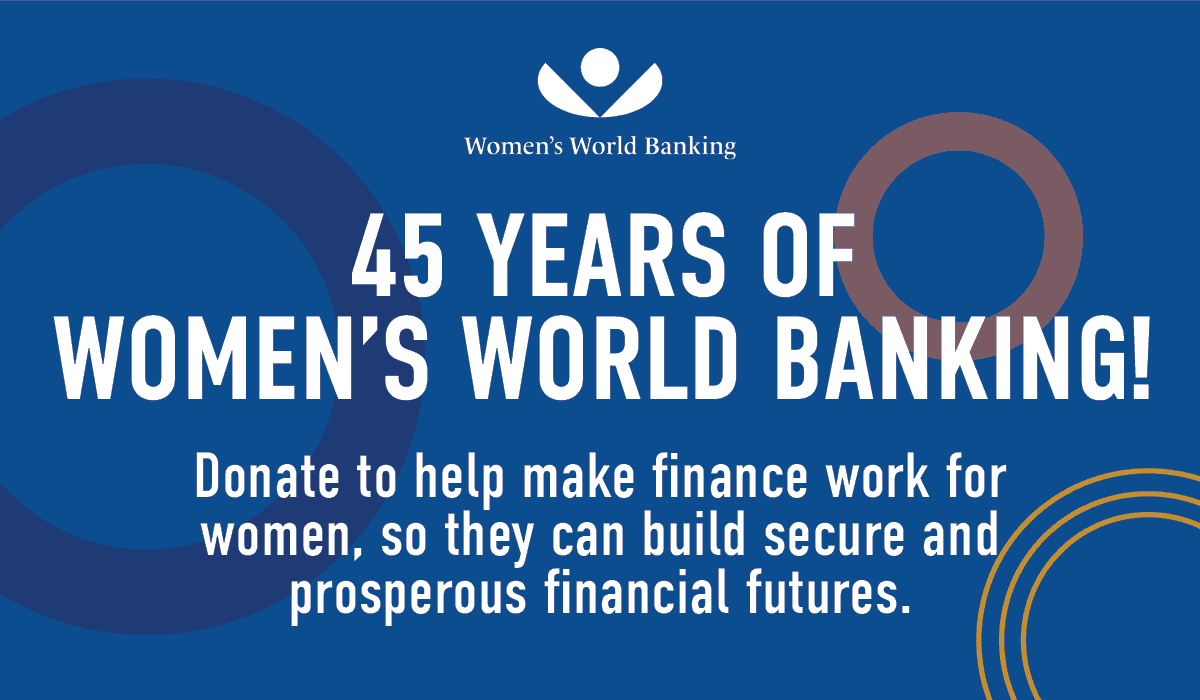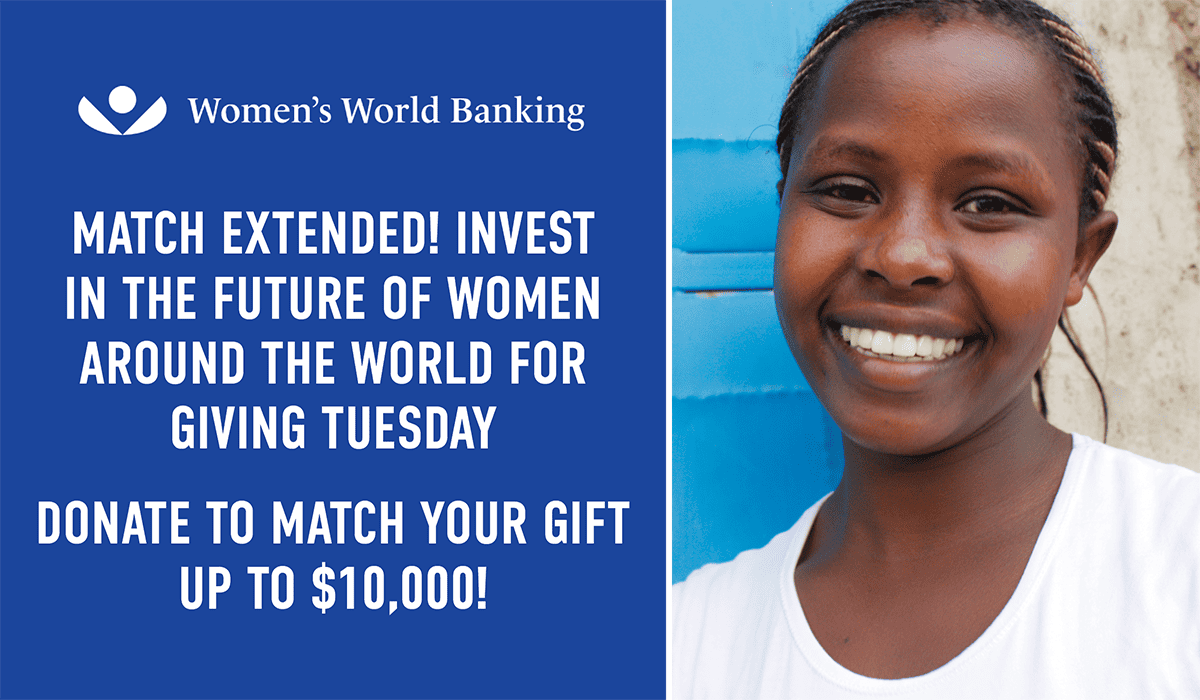Women’s financial inclusion is a crucial driver of financial stability and economic resilience. As global financial systems navigate rising inflation and climate change, incorporating gender-inclusive policies can strengthen economic frameworks, enhance market stability, and support sustainable growth.
Financial stability ensures that institutions and markets continue functioning efficiently, even in times of economic stress. It is defined as the absence of system-wide financial crises and the ability of financial ecosystems to withstand external shocks. A stable financial system fosters investor confidence, supports economic development, and ensures continued access to essential financial services.
On a more granular level, financial soundness refers to the health of individual financial institutions and markets. The International Monetary Fund (IMF) measures soundness using Financial Soundness Indicators (FSIs), which assess factors like capital adequacy, asset quality, profitability, liquidity, and sensitivity to market risks. These indicators help policymakers and financial institutions identify vulnerabilities, manage risks, and strengthen overall financial health.
Research shows that increasing women’s financial participation leads to stronger, more resilient financial systems. When women have access to banking, credit, and investment opportunities, they contribute to economic growth, improve household financial security, and enhance the stability of the institutions they engage with.
Women are more likely to save consistently, repay loans on time, and invest in long-term financial well-being. Their participation in financial markets helps diversify risks, increase deposit bases, and expand economic activity. Studies also indicate that financial institutions with more women in leadership positions tend to perform better, exhibit lower risk profiles, and promote responsible financial management.
Yet, despite these benefits, women remain significantly underserved by financial systems worldwide. Structural barriers such as limited access to credit, legal restrictions, and lack of tailored financial products hinder their participation. Addressing these challenges is not just a matter of fairness—it is a strategic necessity for global financial stability.
This diagnostic delves into the critical role of women in financial ecosystems, analyzing key indicators of stability and soundness that are directly linked to gender-inclusive finance. Learn how advancing women’s financial inclusion can transform economies, mitigate risks, and drive long-term prosperity.



